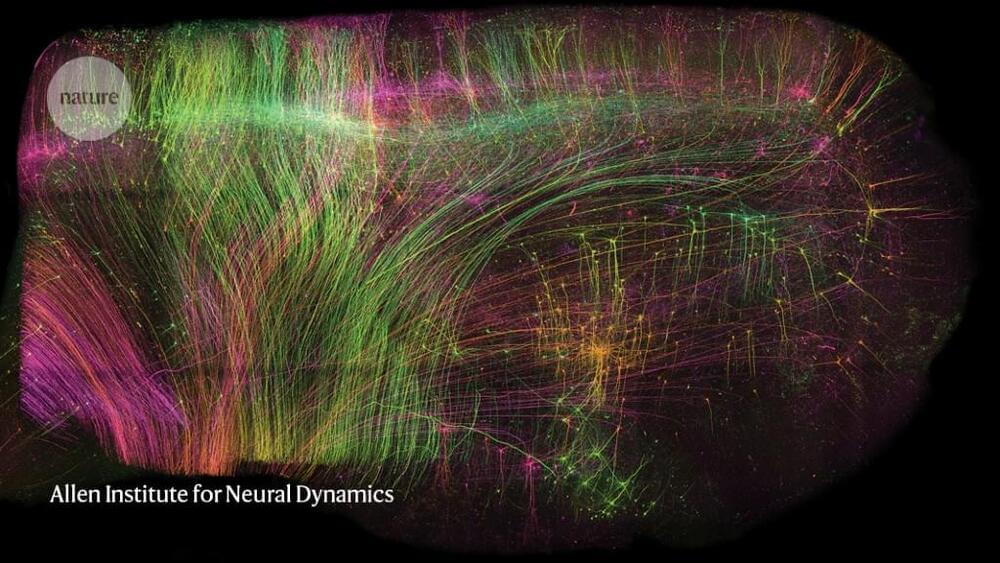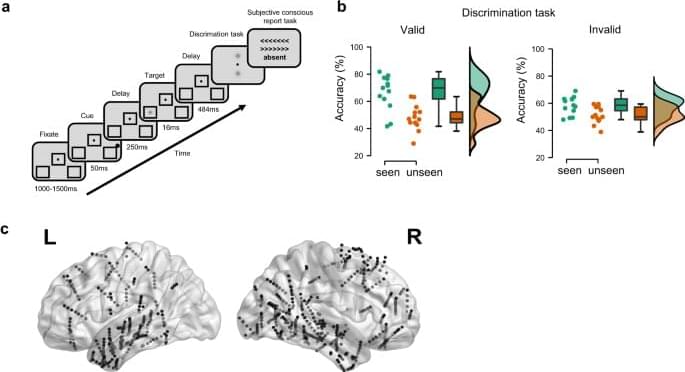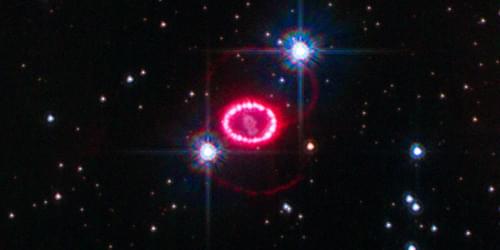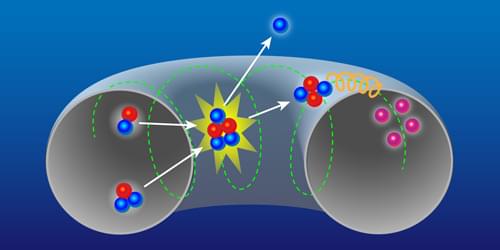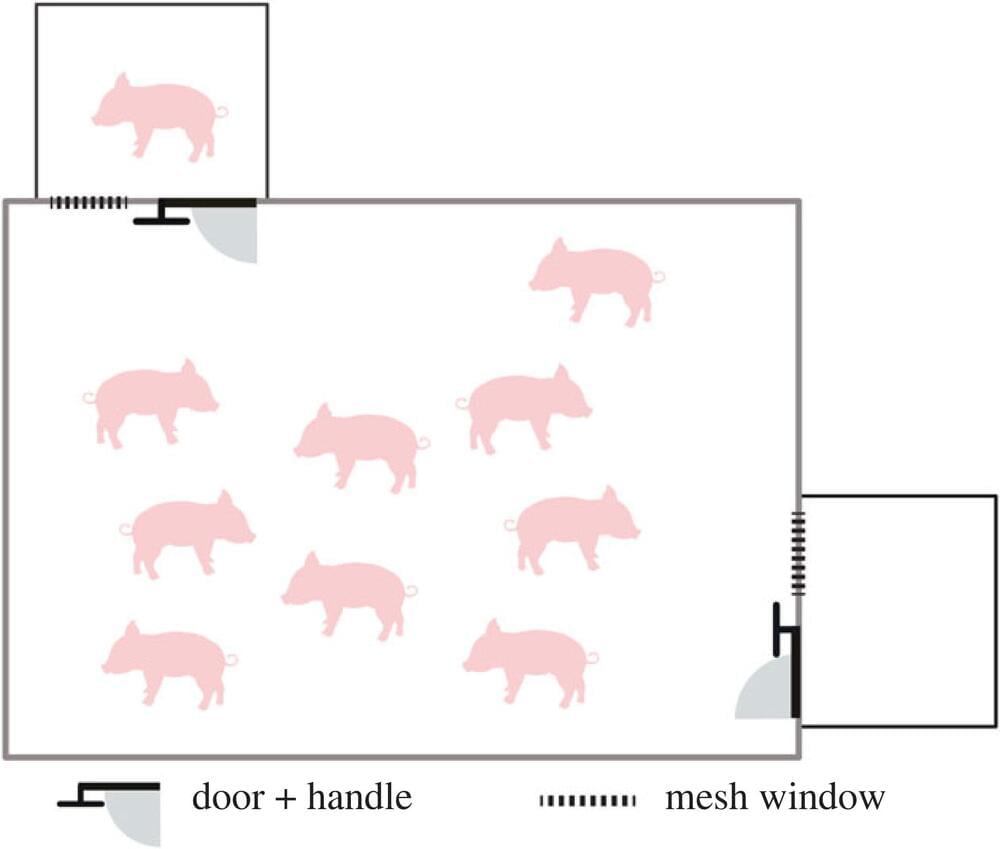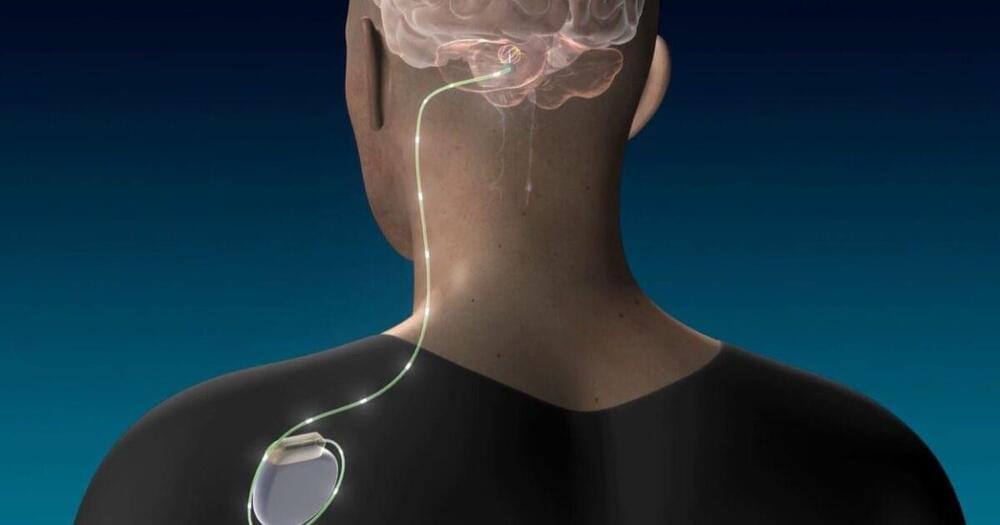Aug 16, 2023
Creating the next wave of computing beyond large language models
Posted by Shubham Ghosh Roy in categories: biotech/medical, robotics/AI
Presented by VAST Data
With access to just a sliver of the 2.5 quintillion bytes of data created every day, AI produces what often seem like miracles that human intellect can’t match — identifying cancer on a medical scan, a viable embryo for IVF, new ways of tackling climate change and the opioid crisis and on and on. However, that’s not true intelligence; rather, these AI systems are just designed to link data points and report conclusions, to power increasingly disruptive automation across industries.
While generative AI is trending and GPT models have taken the world by storm with their astonishing capabilities to respond to human prompts, do they truly acquire the ability to perform reasoning tasks that humans find easy to execute? It’s important to understand that the current AI the world is working with has little understanding of the world it exists in, and is unable to build a mental model that goes beyond regurgitating information that is already known.

